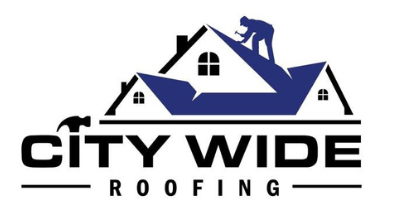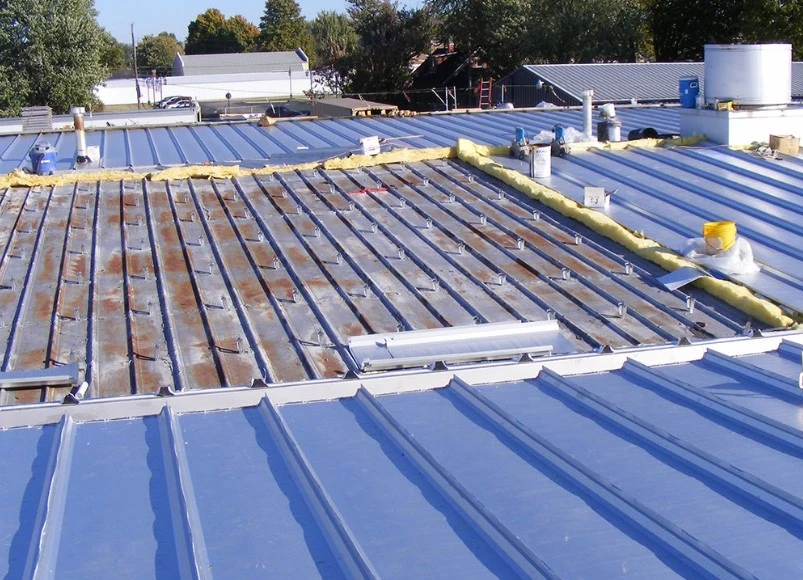Just as a chef meticulously selects the finest ingredients to craft an exquisite dish, the process of re-roofing involves the judicious selection of materials and reliable contractors to achieve a flawless end result.
A roof is not merely a shelter but an integral structural component that ensures safety and comfort. The choice of roofing material plays a pivotal role in determining its durability, energy efficiency, and aesthetic appeal. Understanding the characteristics of various options – from traditional asphalt shingles to modern metal roofs or eco-friendly green roofs – can facilitate informed decisions that balance cost-effectiveness with long-term performance.
Once the right materials have been identified, selecting trustworthy contractors becomes paramount in managing the project efficiently. The success of any reroofing endeavor hinges on their expertise, work ethics, and commitment to quality. A competent contractor can adeptly navigate through potential challenges that may emerge during the course of re-roofing; be it weather-related delays or unforeseen structural issues.
Furthermore, efficient project management strategies need to be employed for timely completion while minimizing disruption to daily life. Thus begins the journey from estimate excellence: crafting a seamless reroofing experience that will make one feel like part of a community where excellence is not just desired but expected and achieved with consistency.
Choosing the Right Materials for Your Roof
Selecting the right materials for a roof is akin to picking the perfect armor, providing an unyielding shield against various environmental elements.
The choice of roofing material significantly influences the durability, energy efficiency, and overall longevity of the structure.
An array of materials exists in today’s market, each offering unique benefits and aesthetic appeal.
Traditional shingles are favored for their cost-effectiveness and ease of installation while metal roofs offer high resistance to weather conditions and boast a longer lifespan.
Clay tiles add aesthetic beauty but require robust structural support due to their weight.
Solar tiles are gaining popularity due to their dual functionality – they protect from weather elements while generating energy.
The decision-making process should incorporate factors such as climatic conditions, architectural style, local building regulations, budget constraints, and personal preferences.
In regions with harsh winters or high heat levels, insulation properties become paramount whereas areas prone to wildfires might necessitate fire-resistant roofing options.
The architectural style can dictate suitable material choices; colonial homes often feature asphalt shingles whereas Spanish-style architecture pairs well with clay tiles.
Local regulations may limit choices based on environmental impact or historical preservation rules; hence it is crucial to ascertain any restrictions during planning stages.
Ultimately choosing the right roofing material requires careful consideration of numerous factors – not just cost – resulting in a product that provides both functional protection and visual appeal.
Selecting a Reliable Contractor and Managing the Project Efficiently
Entrusting the task to a dependable contractor and effectively steering the project can significantly enhance the quality of outcomes and overall satisfaction.
The selection of a reliable contractor begins with thorough research, including verifying credentials, assessing prior work experiences, reviewing customer testimonials, and checking for any litigations or complaints. This due diligence will shed light on the contractor’s reliability, professionalism, and commitment to delivering high-quality services.
Furthermore, it is advisable to opt for contractors who are insured and bonded to safeguard against potential liabilities during a reroofing project execution.
Managing the roofing project efficiently involves meticulous planning, open communication with the contractor, regular monitoring of progress, contingency planning for unexpected challenges or delays as well as ensuring compliance with safety regulations.
Establishing a clear scope of work at the outset reduces ambiguities while setting realistic timeframes mitigates undue pressure that might compromise quality.
Regular site visits can provide firsthand insight into whether the work aligns with agreed standards or if adjustments are needed.
Contingency plans should be in place to swiftly address unforeseen circumstances like weather disruptions or material shortages without jeopardizing project timelines.
Moreover, adherence to rigorous safety practices is non-negotiable; protecting all those involved from potential hazards not only fosters a conducive working environment but also mirrors sound ethical conduct and corporate responsibility.


